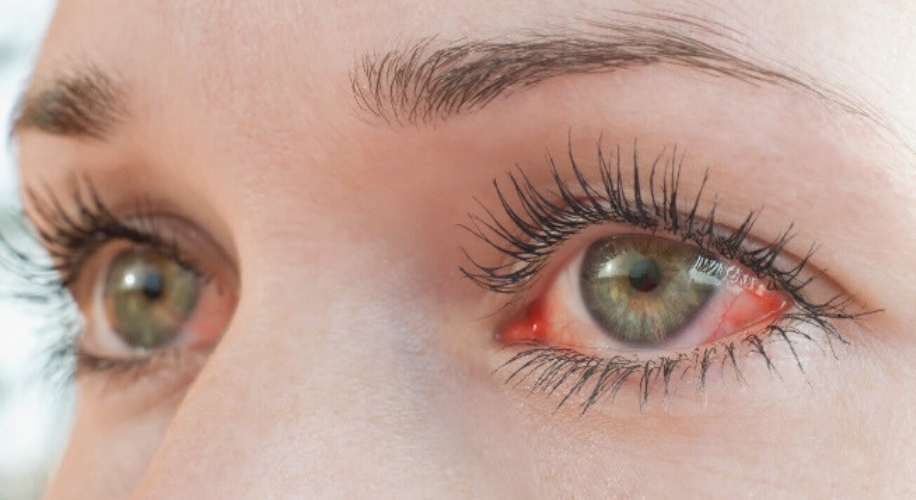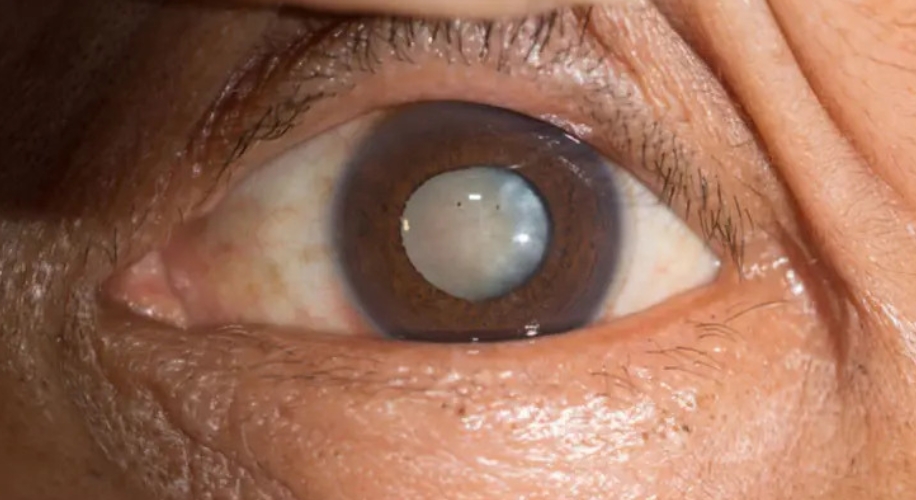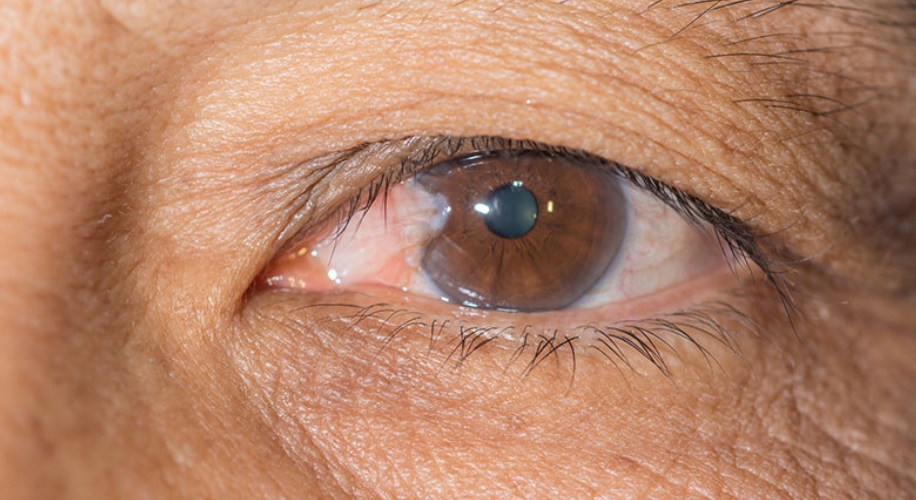Protect Your Vision: Understanding Common Eye Conditions Caused by UV Exposure
- BY Dr. Sophia Moh
- IN Eye Health

As the sun’s rays beam down upon us, it’s easy to forget that our eyes need protection just as much as our skin does. Prolonged exposure to ultraviolet (UV) radiation can lead to a variety of eye conditions that affect our vision and overall eye health. Here at Zenni, we recognize the paramount importance of spreading awareness about this issue. In this blog post, we’ll shine a light on some of the most common eye conditions caused by UV exposure, from temporary discomfort to long-term damage. By understanding these risks and taking proactive measures to safeguard our eyes, we can enjoy clearer vision and healthier eyes for years to come.

Photokeratitis: The Sunburn of the Eye
Photokeratitis, also known as Arc Eye or Snow Blindness, is caused by damage to the eye from UV rays. Symptoms may include redness, pain, tearing, and a gritty sensation, similar to what one might experience with a sunburn on the skin. While photokeratitis is usually temporary, it can be quite uncomfortable and may require medical attention in severe cases.

Photo from American Academy of Ophthalmology
Cataracts: Clouding Your Vision
Cataracts are a common age-related eye condition characterized by the clouding of the eye’s natural lens, leading to blurry vision and difficulty seeing clearly. While aging is the primary risk factor for cataracts, research suggests that UV radiation can also contribute to their development. Prolonged exposure to UV rays without adequate eye protection may accelerate the formation of cataracts, highlighting the importance of wearing sunglasses with UV protection.

Photo of Pterygium from American Optometric Association
Pterygium: The Surfer’s Eye
Pterygium, also known as “surfer’s eye,” is a growth of tissue on the white part of the eye that can extend onto the cornea, affecting vision and causing irritation. While the exact cause of pterygium is unknown, UV radiation is believed to be a significant contributing factor. Individuals who spend a lot of time outdoors, particularly in sunny or windy environments, are at higher risk of developing this condition. Wearing protective eyewear, such as sunglasses with UV protection, can help prevent pterygium from forming or worsening.
While enjoying outdoor activities in the sun, it’s essential to remember that our eyes are susceptible to damage from UV radiation. By wearing sunglasses with UV protection, seeking shade when possible, and practicing other sun safety measures, we can minimize our risk of developing common eye conditions associated with UV exposure. Protecting our vision today ensures a brighter, clearer outlook on the world tomorrow.

